(This thing here)
This was actually something that I've never really thought of before. Where did gothic literature originate, and why is it still popular to this day?
There had to be some psychological answer to that.
Also, I figured I might as well write about something that is somewhat "Halloween" related anyway.
So I bought a ticket to check out the exhibit and here's what I learned:
Gothic Literature – It's a Joke
Wait, what?
Yeah, you read that right.
The whole genre started as a complete joke thanks to this dude named Horace Walpole, who first applied the word "gothic" as a subtitle for his novel, The Castle of Ontranto: A Gothic Story, published way back when in 1764. To many scholars, The Castle of Ontranto is considered the technical "first" gothic novel despite the author's intention to make his book a type of satire. Walpole pretended that his novel was an antique relic, providing a false preface to trick the readers into believing that the tale was "discovered" in 1529 and translated from Italian to English. Even going as far to claim that the novel was discovered in the library of "an ancient Catholic family in the north of England." The novel relates the history of Manfred, the prince of Otranto, who is keen to secure the castle for his descendants in the face of a mysterious curse. To Walpole's credit, he did trick many of his readers into believing that his novel was this uncovered "long lost story," and many were aggravated when it was revealed to be a modern fake in the eighteenth century. To further carry on his "gothic joke," Walpole remolded his home on Strawberry Hill (yes, that was actually its name) into a mock-gothic building.
The second wave of Gothic novels entered in the ninetieth century. These were the types of novels that really began to hook people's interest, and prayed on their psychological states.
Gothic Literature – Even Freud Thought it was F**ked Up
Although Freud never mentioned gothic fiction in any of his essays, critics of the gothic genre have drawn heavily upon Freud's emphasis on dreams. Essential to any analysis of Frankenstein, a text which is itself the product of a dream-vision and which seems to capture the very essence of the "uncanny," as Freud mentions. So while pro-bono gothic was in the past classified to have a castle and some damsel in distress from supernatural entities, the ninetieth century ushered in a more scientific form of the gothic genre thanks to Mary Shelley's Frankenstein and Robert Louis Stevenson's Dr. Jekyll and Mr. Hyde. It was these particular novels that were psychologically gripping. Yet no one knew why these novels were terrifying but fascinating at the same time. It was what Freud proposed as our forbidden repressed impulses that could remind one of infantile beliefs of the omnipotence of thought. He wrote:
"[As] ontogeny recapitulates phylogeny, so the individual repudiation of infantile fantasy simply recapitulates the larger process by which human civilization as a whole - at some paradigmatic juncture in its history - dispensed with 'primitive' or 'animistic' forms of thought and substituted new, rationalized modes of explanation."
In other words, Freud (as always) found an excuse to account for the special feeling of disquiet that gothic literature aroused in readers. He argued that the items and individuals that we project from reading gothic literature is our own repressed impulses upon becoming a most uncanny threat to us, subsequently becoming scapegoats we blame for all sorts of perceived miseries and calamities.
To be clear, these are Freud's words, not mine.
And when the reader starts to reflect on that very question, then that is when the gothic element has been achieved.
Gothic literature is a type of middle ground and deliberately blurs between what is reality and what is fantastical. These figures of monsters attract us and at the same time are troubling to us because it goes in direct contrast with so much of what we think as a society.
Yet, as the twentieth century started to creep around, Gothic was slowly evolving into something much more terrifying.
Gothic Literature – Not the same (but it really is the same) as Horror
Let's be honest. It was Edgar Allan Poe who decided that he can make the gothic genre much more psychologically messed up than it already was. He used many of the standard properties of the genre (medieval settings, haunted castles, aristocratic corruption) but thanks to his fascination with fear, Poe was beginning to alter the gothic genre into "horror." However, the horror genre was't officially introduced until the publication of Bram Stoker's Dracula. The opening section of Dracula uses some familiar gothic properties that fans of the genre would easily recognize: a mysterious isolated castle where a monster lives. Now, Dracula and Poe's works were classified as "horror" because the terrors were "real" and the way the stories were told was from a first person narrative (you could argue that Frankenstein and Dr. Jekyll and Mr. Hyde would be classified under "horror" as well). Dracula was written in the form of journal entries and letters by various characters, caught up in the horror of the events. Yet, though it is a horror story, the fear and uncertainty that is emitted from the narration, is a definite gothic trait.
It's difficult to separate the two because it almost seems like one genre flows into the next. However, a strict Gothic story is one that depends primarily on the atmosphere and its effect on the reader. The creaky staircases, the damp dungeons and the gloomy mansions produce a sense of inescapable doom which threatens the protagonist. There is little (or sometimes never) blood and gore to be found, just that uncomfortable feeling that the reader knows that something isn't right. A perfect example is Jane Eyre. In Jane Eyre, Jane encounters a mansion that appears to be haunted and she keeps finding herself in these grim locations that coincidentally seem to reflect that same grim feeling that she is dealing with on the inside. The gloomy atmosphere of the novel reflects the character's own gloomy personality. Not the mention the parallels that Bronë draws between Jane and Bertha when Jane first meets Rochester's mad wife. This sense of a "double," seemingly haunts Jane throughout the book.
Now, horror, on the other hand is usually much less subtle in its effort to raise the hairs of the reader. This falls under the category of monsters combined with buckets of actual blood and gore. But sometimes – if not most of the time – you get a combination of both the Gothic and the horror genre.
Thanks to Walpole for introducing the genre, the gothic novel has indeed over time suspended readers with the dark swirl of highly charged emotions. With the help of Frankenstein and other literary works that dared to explore the psychological unknown, the gothic genre had really reached its peak with readers alike. What contributed to the genre's popularity, was also the growth of the gothic genre into a type of horror.
By the twentieth century, authors started to see the funny side of gothic fiction, like Daphne du Mauier's Rebecca, which is a satirized take on Jane Eyre. In addition, Stephen King staked out his own claim to the gothic genre early in his career with novels like The Shining and Carrie.
Honestly, the exhibit is truly remarkable. Just to view the actual manuscripts hand written by Brontë, Stoker and Shelley, were unforgettable. It was these people who created a genre that to this day continues to find new readers. And thanks to each of these author's own creative minds, enables each generation to remake the gothic image as its own. If you are ever in London and you love literature, then this is definitely a perfect for you to check out. And even when the exhibits closes it is still worth going in and walking around the British Library.
Sigmund Freud, "The Uncanny": http://theliterarylink.com/uncanny.html
The British Library: http://www.bl.uk
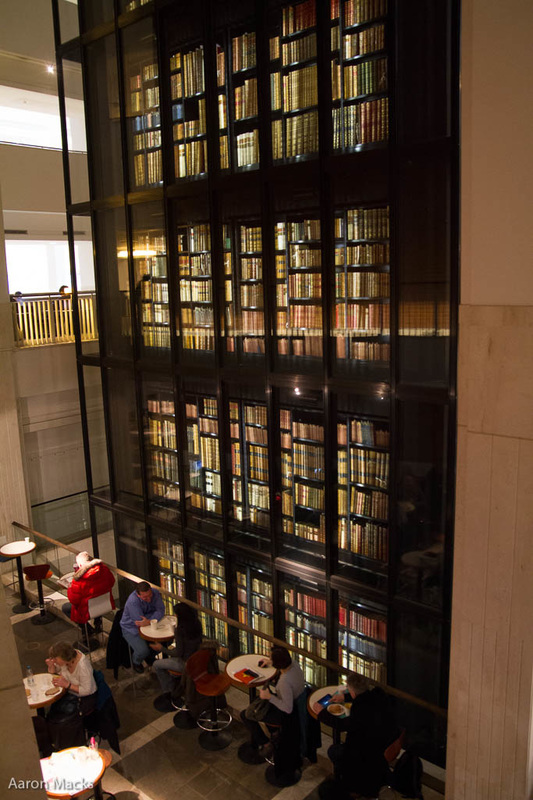
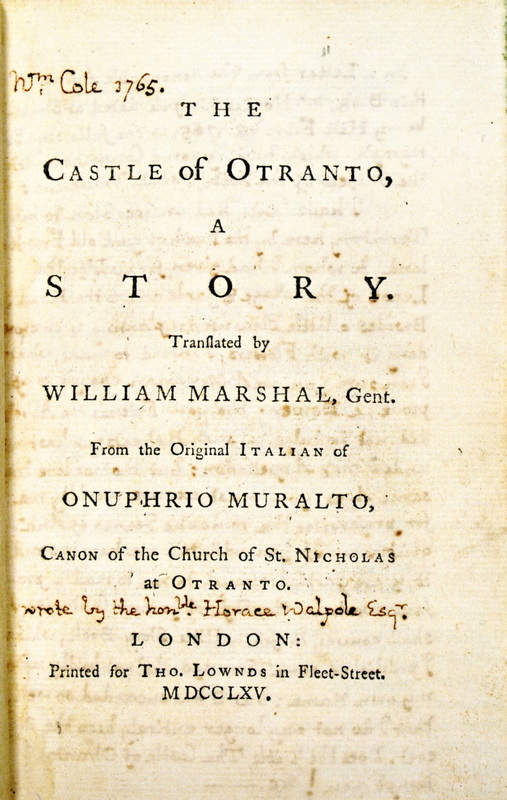
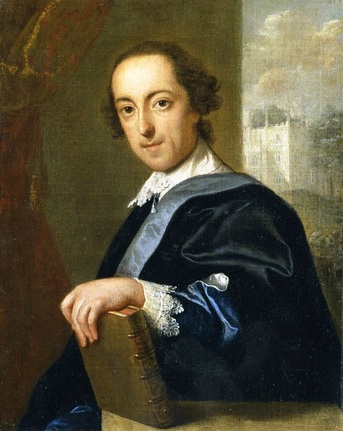
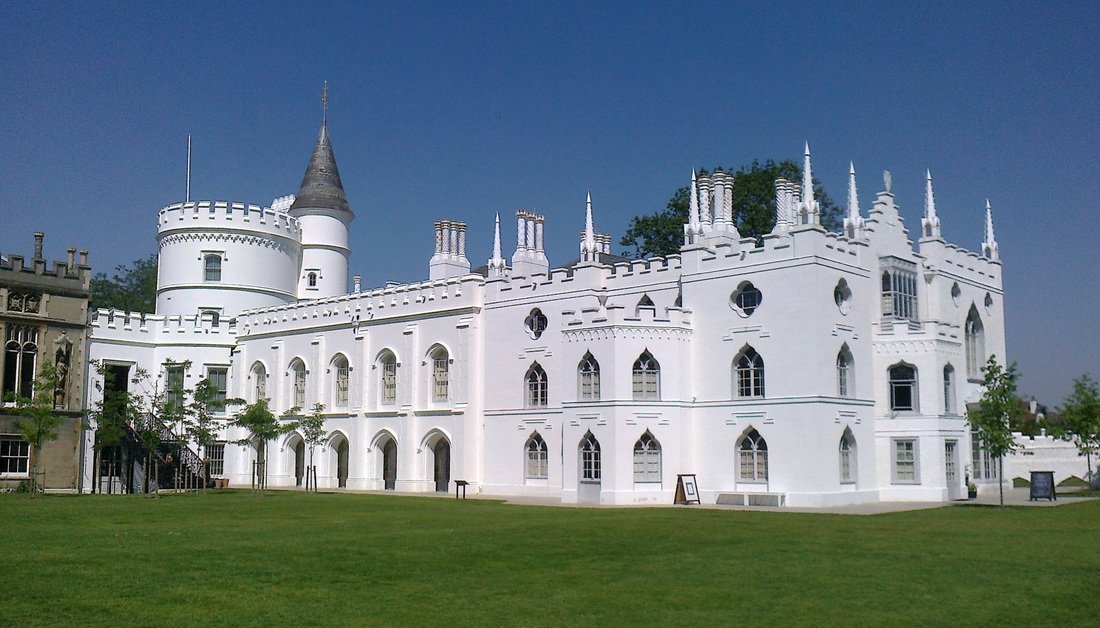
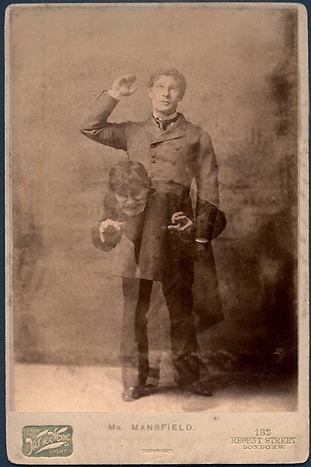
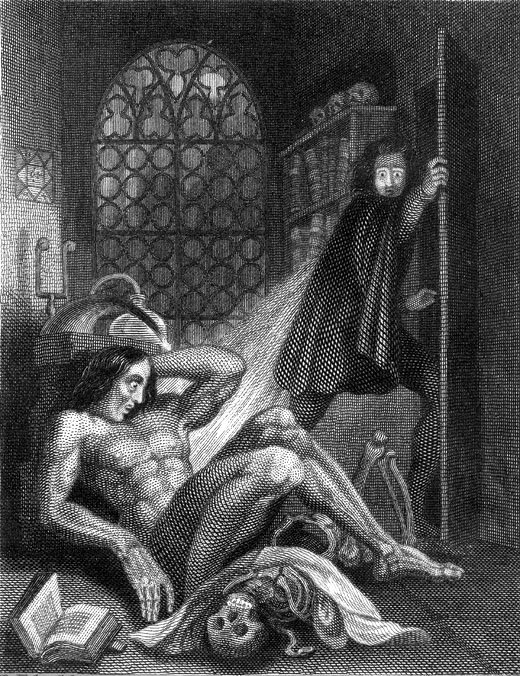
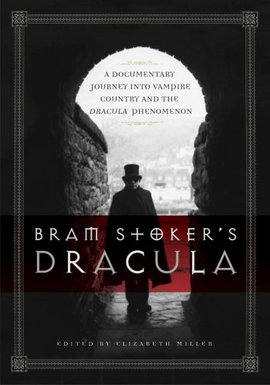
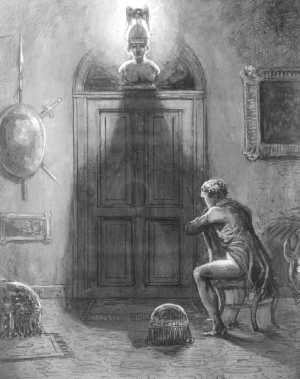
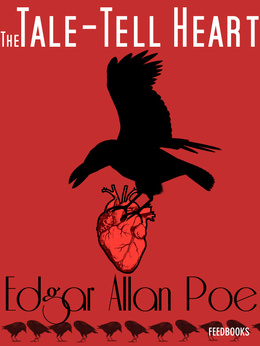
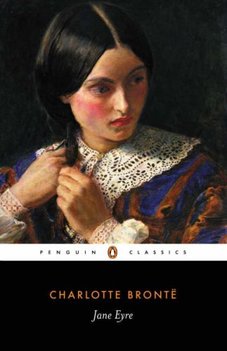

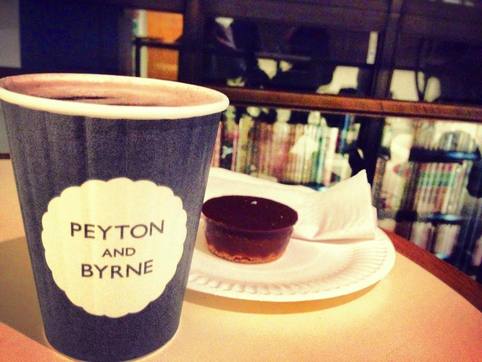
 RSS Feed
RSS Feed
